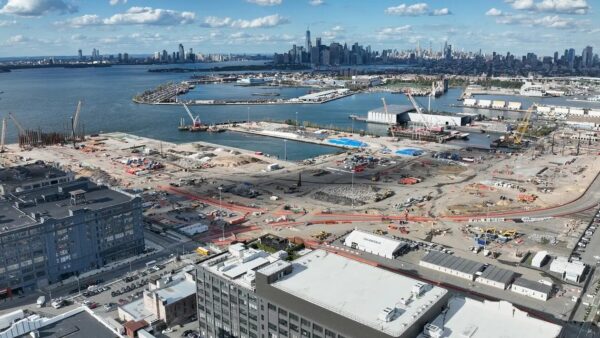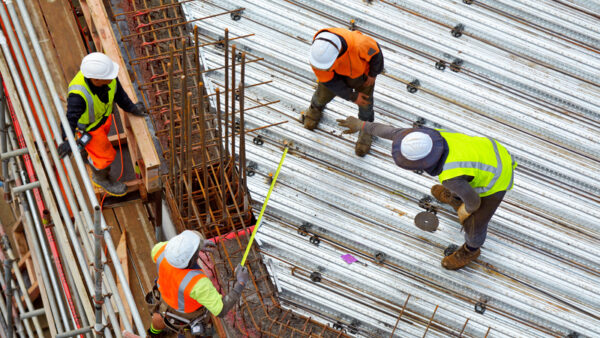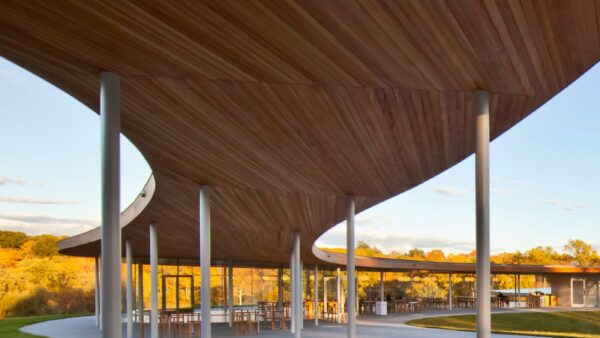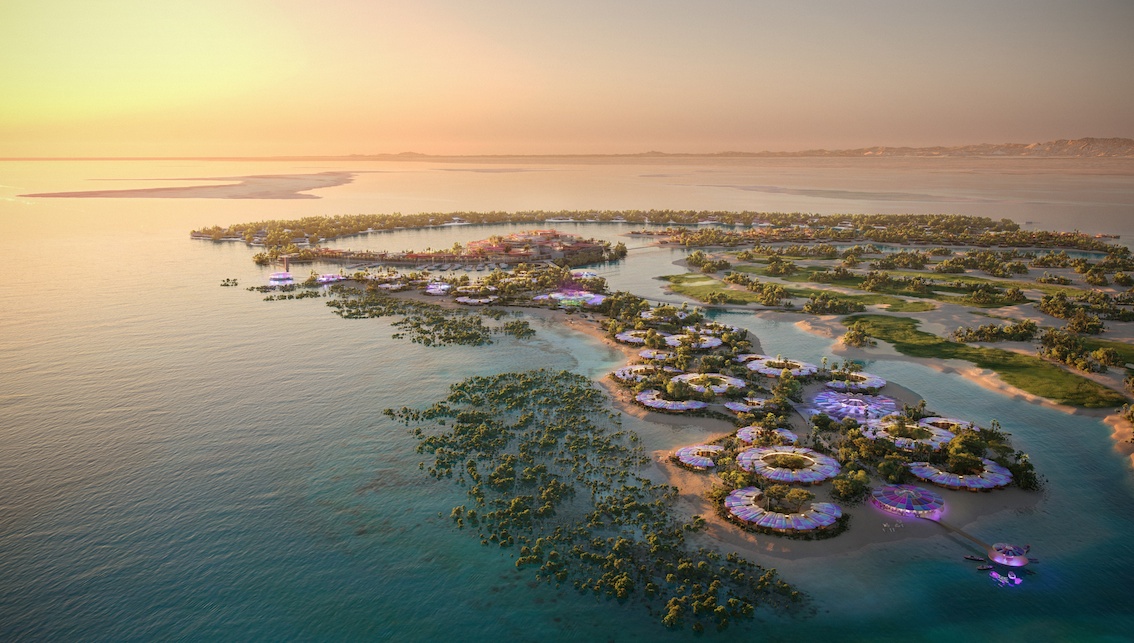
When complete in 2030, The Red Sea Project will comprise 50 resorts on Saudi Arabia’s pristine Red Sea coast, including some 8,000 hotel rooms and more than 1,000 residential properties across 22 islands and six inland sites. Complete with its own international airport, the scheme will include luxury marinas, golf courses, entertainment and leisure facilities. Work is on track to welcome the first guests by the end of 2022, when the first hotels will open. Phase one, which includes 16 hotels, will complete at the end of 2023.
Progress at The Red Sea Project (TRSP) has been continuous. With plans laid to welcome guests by the end of this year, slowing down has not been an option.
One of the key routes to achieving speed while not sacrificing quality has been our willingness to be flexible. We’re attempting something that has never been achieved before, so there is no established road to follow. The process has required calculated risk taking, but on countdown to welcoming our first guests, it’s an approach that has proven considerate construction can happen at pace.
- Ian Williamson will discuss The Red Sea Project at the free, online Global Construction Summit on 23 February. For details, click here.
Uncompromising on worker welfare
Building a luxury destination in a remote location poses many interesting challenges. Our main priority is the wellbeing of our workforce—keeping our workforce safe in close proximity to the site. To ensure this we primarily established a Basecamp, providing a home and HQ for on-site personnel. We went beyond this, developing our Construction Village, with housing for 10,000 workers.
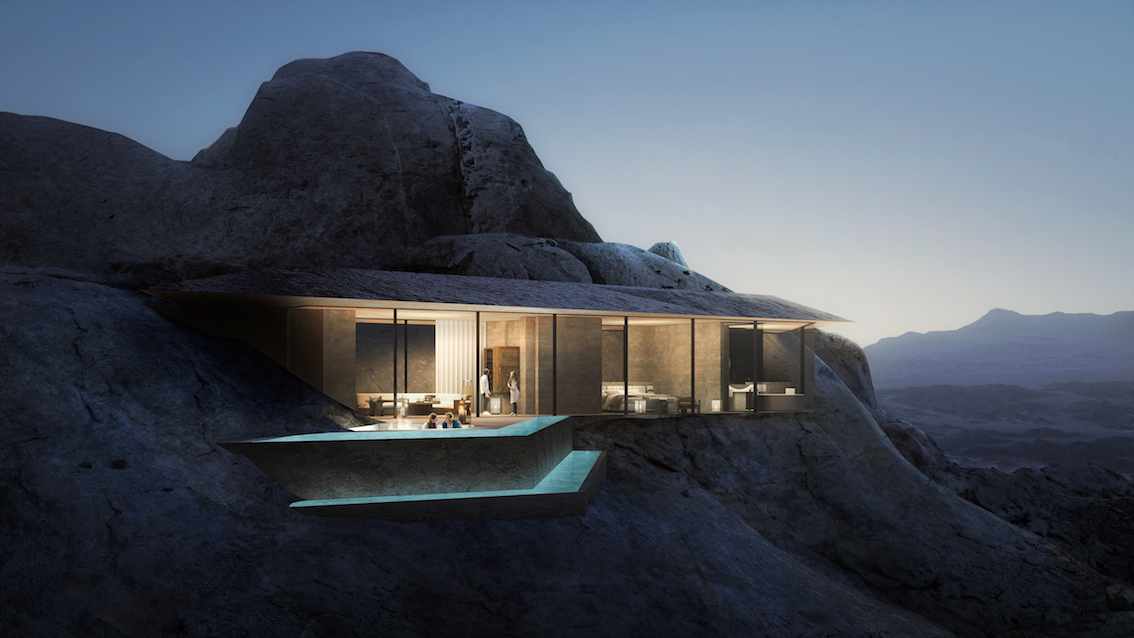
To ensure we had a happy and healthy team, in the best possible position to deliver on our vision and ambitious timeline, we made the choice to set a new benchmark in employee living conditions. We provide privacy, personal safes for belongings, computers for checking emails and Wi-Fi available in all areas so that staying in touch with friends and family is easy. We also included cricket pitches, gyms and a cinema to ensure workers enjoy their downtime.
Going beyond protecting the environment
TRSP goes beyond conservation to active regeneration. We recognise the huge responsibility of protecting this pristine region, home to some of the world’s last thriving coral reefs, and preferred nesting sites of the critically endangered Hawksbill Sea Turtle. We know we can do more than protect – it’s in our power to enhance this natural environment too, so that our actions leave a positive imprint.
To achieve this, we partnered with King Abdullah University of Science and Technology (KAUST) and together conducted a comprehensive Marine Spatial Planning exercise. Through this study, we were able to map our development area, identifying important habitats and creatures including several species of global conservation importance.
The results of this exercise allowed us to take steps at the earliest stages to minimize our environmental impact, from setting a cap on visitors in line with the maximum number of guests the destination can safely accommodate, to leaving 75 per cent of the archipelago’s islands untouched. It also helped us to set our commitment to deliver a 30 per cent net conservation benefit by 2040.
Using technology
Another huge part of achieving fast, high quality and eco-conscious construction has been our adoption of technology. Specifically, our use of a Delivery Management System (DMS) integrated with Building Information Modelling (BIM) ensured everyone on the project was in sync, as well as avoiding any materials being under or overstocked.
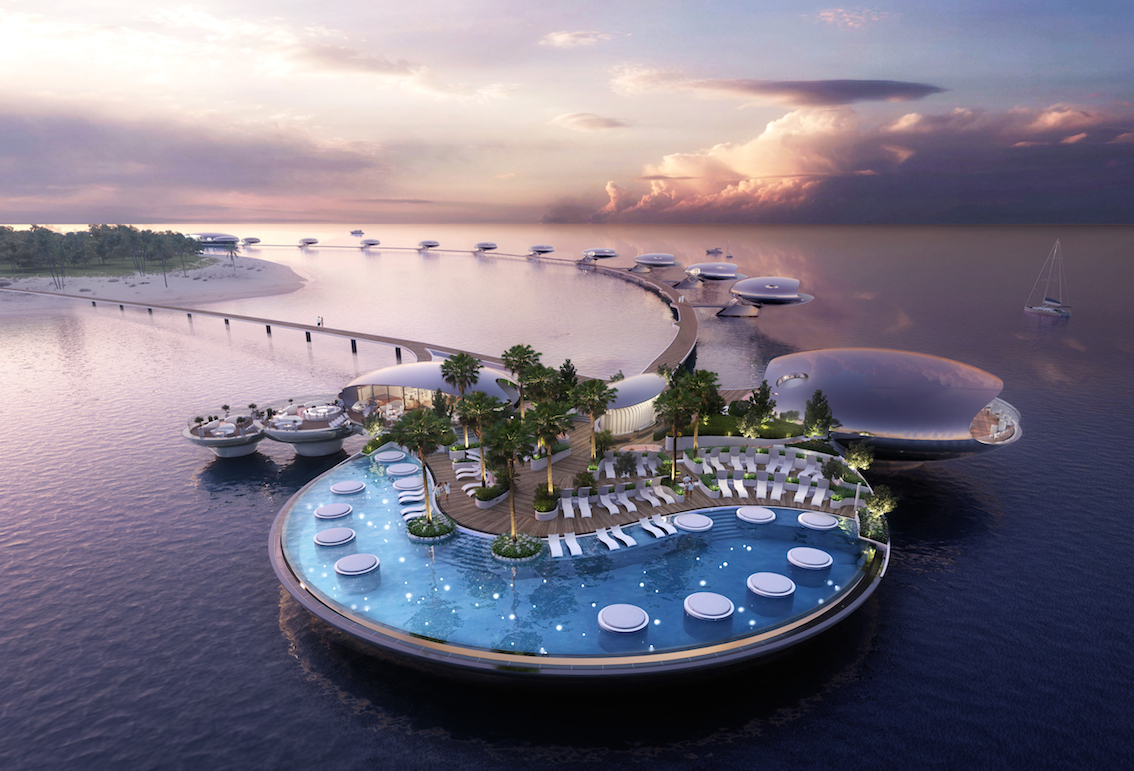
We also champion off-site manufacturing methods to minimize the environmental impact of construction while maximizing efficiencies. Units are built elsewhere in Saudi Arabia and beyond, and then shipped to the destination for assembly and installation. As a result, the human impact of construction activities on-site has been significantly reduced, while speed of construction has increased.
Leading the way in considerate construction
We have shown that an open mindset and willingness to take calculated risks, when coupled with experienced experts in their fields, can ensure speedy construction with quality and sustainability built in.
We have developed new ways of working and ensured we avoid a situation of endless planning and over-designing. We are on the ground, making this vision a reality. We are leading the way in responsible development, and there’s a lot the industry can take from the lessons we have learned along the way, both here in the region and globally.
Ian Williamson at a glance: Since October 2017: Chief projects delivery officer for The Red Sea Development Company, responsible for The Red Sea Project and Amaala. Before that: Managing director, Arcadis Middle East, based in Dubai. Earlier: Senior vice president, Aecom Europe and Aecom Middle East. Even earlier: Senior development team member, Sainsbury’s. Degrees: MBA, Cass Business School, London; BSc Electrical Engineering with Mathematics, University of Reading, UK.





